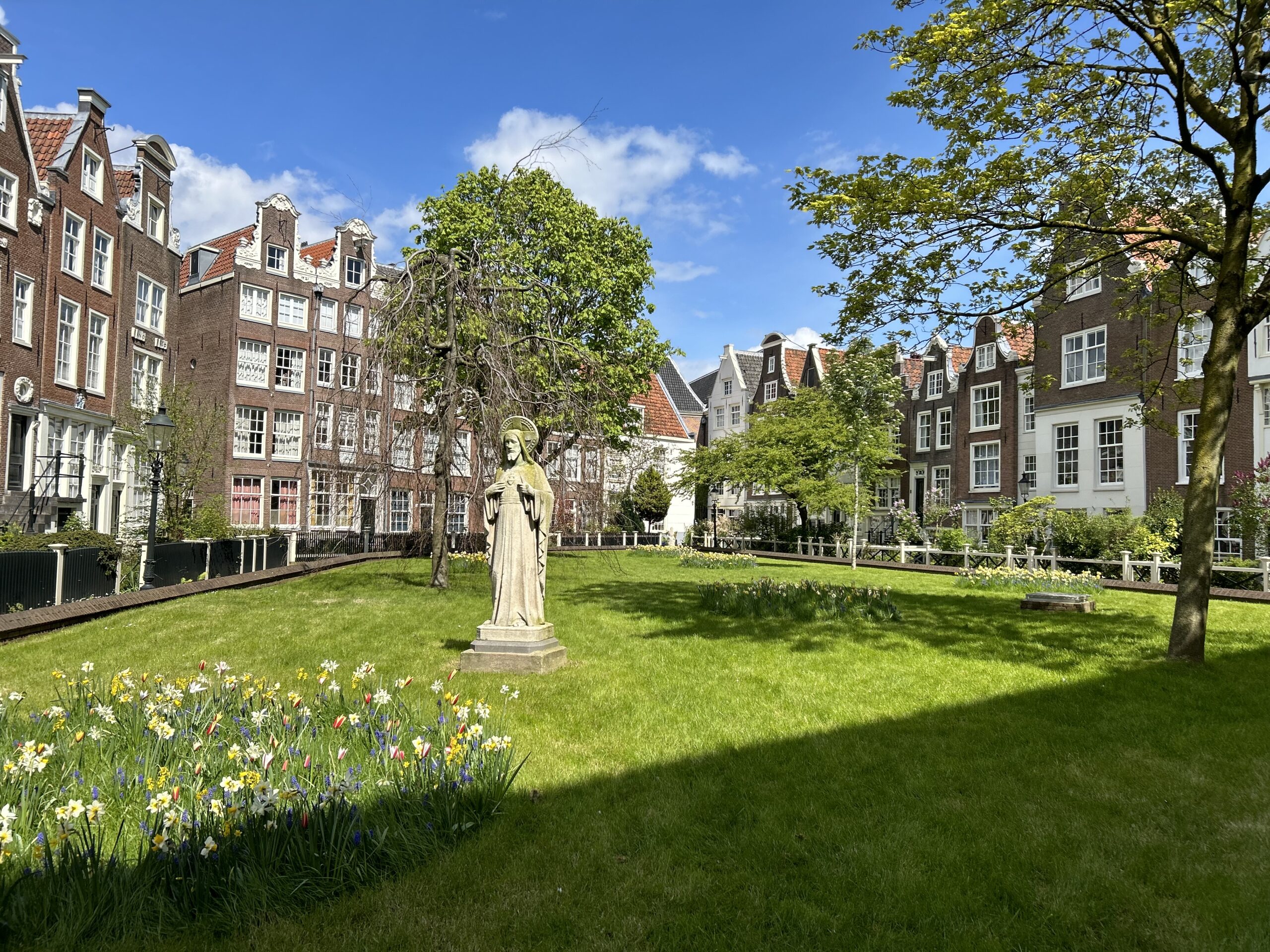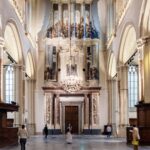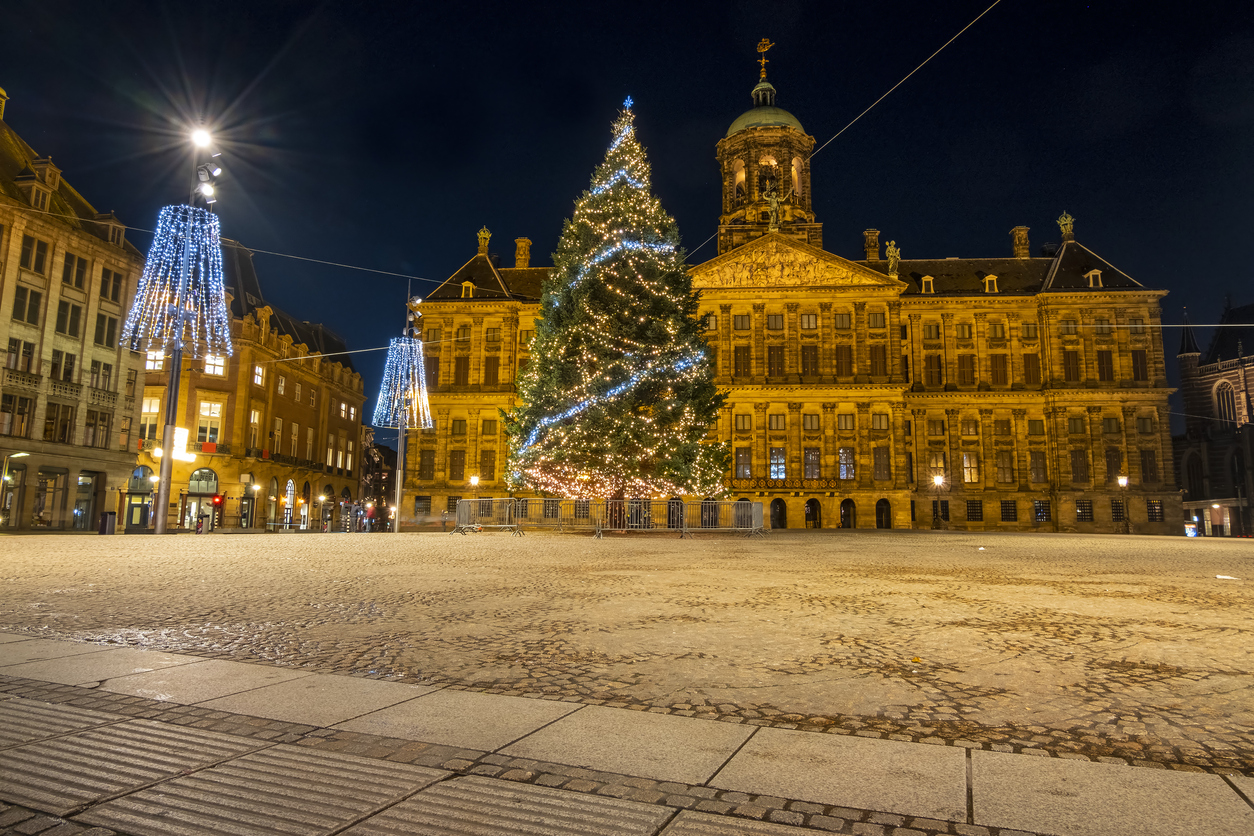Top 10 hidden gems of Amsterdam
Amsterdam is known for its iconic attractions, such as its canals, museums and bustling markets. But apart from these famous landmarks, the city also has numerous hidden gems that are often overlooked.
From charming little streets and cosy cafés to unique boutiques and green gardens, Amsterdam is full of surprises for the avid traveller. In this blog, we take you on a discovery tour of Amsterdam’s hidden gems that you should not miss.
Begijnhof – Founded sometime in the 14th century for the Beguines, members of a Catholic sisterhood, the Begijnhof is one of the oldest inner courtyards and one of the city’s best-known landmarks. The beautiful houses overlook its well-kept green garden, including the Amsterdam’s oldest surviving house “Het Houten Huis nr.34 (The Wooden House)”. Research in 2010 dated the building it to around 1528.
The Begijnhof Chapel (No. 29 and 30), a clandestine church, was completed in 1680. It contains many reminders of the Catholic past. Houses in Begijnhof are still occupied by female religious devotees. Address: The Begijnhof has two entrances, one on Gedempte Begijnensloot, off Kalverstraat, the other on the northern side of Het Spui (Google Maps), www.begijnhofamsterdam.nl– prices: free, open: Mon-Sun 9.00 – 17.00 hrs., tram: 2 exit Koningsplein.
City Archives Amsterdam – The Stadsarchief Amsterdam maintains the archives of the city government, as well as those of private organizations and companies that have a connection to Amsterdam. The archives are open to the public. Address: Vijzelstraat 32 (Google Maps), www.stadsarchief.amsterdam.nl, open: See website, tram: 16, 24 exit Muntplein.
Alms-houses in the “Jordaan” – In the Jordaan you will find alms-houses (“Hofjes”). These courtyards are like precious little diamonds, because their intimate charm and privacy are waiting to be discovered. These courtyards were built by rich people for elderly women as a kind of charity. Some of the restored courtyards are open to the public, but they are pretty difficult to find. “Hofjes” lie hidden behind doors that look like the front doors of ordinary canal houses.
The Jordaan has a high concentration of hofjes. A fine example of one of these courtyards, and one of the largest in Amsterdam, is the Karthuizerhof at Karthuizersstraat 89-171 (Google Maps) in the Jordaan. It was built in 1650 and listed on the inside of the gate are the names of charitable donors who made it possible for the city to build the alms-house. Sint Andrieshofje, founded in 1614, is the oldest hofje in Amsterdam after the Begijnhof (Google Maps). You can find the Sint Andrieshofje (Google Maps) at Egelantiersgracht 105-141.
During the summer some of these hofjes are open on Sundays with free concerts known as ‘hofjesconcerten’.
Houseboat Museum – Visitors can see for themselves what it’s like to live on a houseboat in Amsterdam. The Houseboat Museum is situated on the “Hendrika Maria”, a former freighter, built in 1914.
Its unique location on the Prinsengracht canal on the edge of the Jordaan provides a fitting background for the museum vessel. Address: Prinsengracht 296K (Google Maps), www.houseboatmuseum.nl, open/prices: see website.
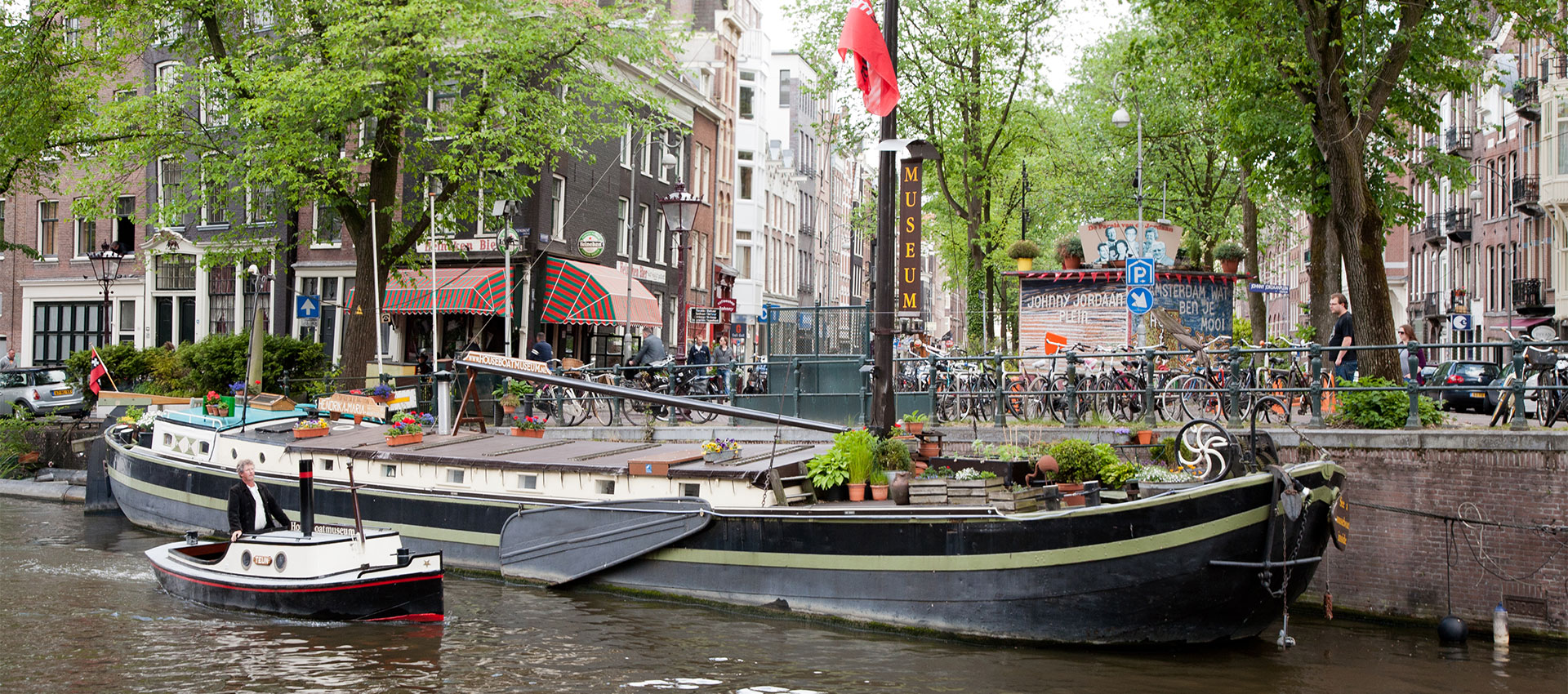
Hortus Botanicus – The Hortus Botanicus Amsterdam, established in 1638, is one of the oldest botanic gardens in the world. Located in the city centre, the garden is a beautiful and intimate place with a unique collection of plants. Address: Plantage Middenlaan 2a (Google Maps), www.dehortus.nl, open/prices: see website, tram: 14, exit Mr. Visserplein or take the metro 51, 53 and 54 exit Waterlooplein (Hortusplantsoen).
The Oudemanhuispoort – which nowadays is also part of the University of Amsterdam. In the public area of this building you will find a cute little book market. This market was started in 1879 and until 1941 it was owned by Jewish people. During World War 2 the Jews in Amsterdam were constantly harassed, making it impossible for them to sell their goods any longer. Address: Oudemanhuispoort (Google Maps).
The Zuiderkerk – is one of the most beautiful and extraordinary churches in Amsterdam. The church was built in the 17th century as the first Protestant church in the Nieuwmarkt area. The church is in Amsterdam Renaissance style and it was designed by Hendrick de Keyser, who was also buried in the church in 1621. A memorial stone was placed on top of his tomb in 1921.
De Keyser designed the church as a pseudo-basilica in Gothic style. The church played an important part in the life of Rembrandt van Rijn and was also the subject of a painting by French impressionist Claude Monet in 1874. The Zuiderkerk was used for church services until 1929. During the final winter (1944-1945) of World War 2, which was known as the hongerwinter (“hunger winter”) in the Netherlands, because food was so scarce, the church was used as a temporary morgue, because people were dying faster than they could be buried. Nowadays the church is used for various exhibitions.
Address: Zuiderkerkhof 72 (Google Maps), www.zuiderkerkamsterdam.nl, metro: from Amsterdam Central Station to Nieuwmarkt (exit Oude Hoogstraat), from here it is a few minutes walk. The tower has a separate entrance and is also open to the public.
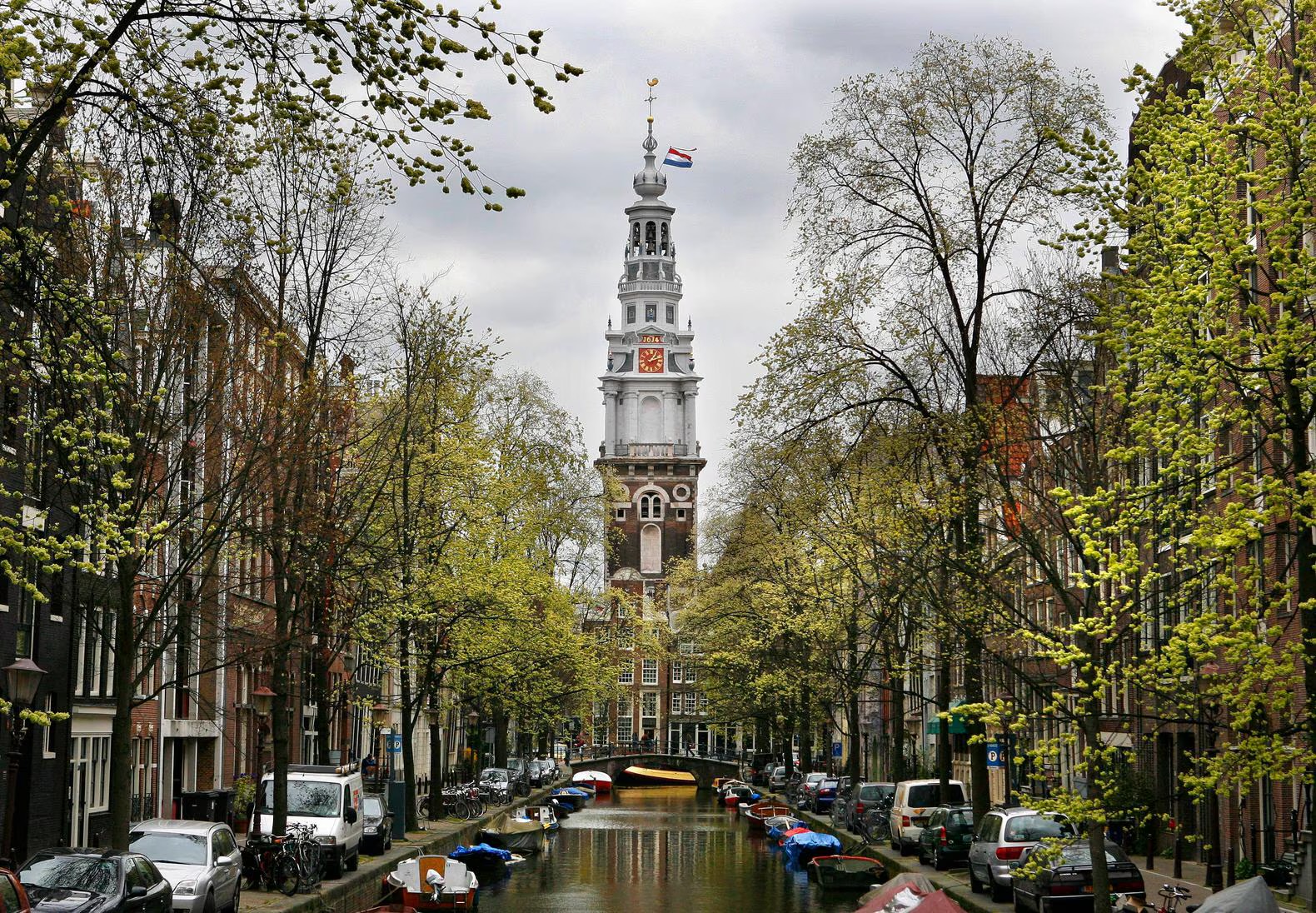
Museum Lieve heer op de Solder (Our Lord in the Attic) is one of the oldest and most remarkable museums in Amsterdam. Behind the characteristic facade of the house by the canal lies a largely original 17th-century home and a completely hidden church.
This hidden church ‘in the attic’ was built during the Reformation, when Catholics were forbidden to hold public services. Address: Oudezijds Voorburgwal 38 (Google Maps), www.opsolder.nl, open/prices: see website, tram: 4, 24 exit the Dam, from where the museum is just five minutes walk. The museum is around five minutes from Amsterdam Central Station by foot.
Bloemgracht (Google Maps) – When you are in the Jordaan, don’t forget the Bloemengracht. This picturesque canal is one of the most beautiful canals in Amsterdam. Bloemgracht is a side-canal off Prinsengracht and built during the 17th century, Amsterdam’s golden ages.
As you continue eastwards along Bloemgracht, take note of the plaques above several of the houses’ doors. These often include a construction date and a hint about the building’s purpose.
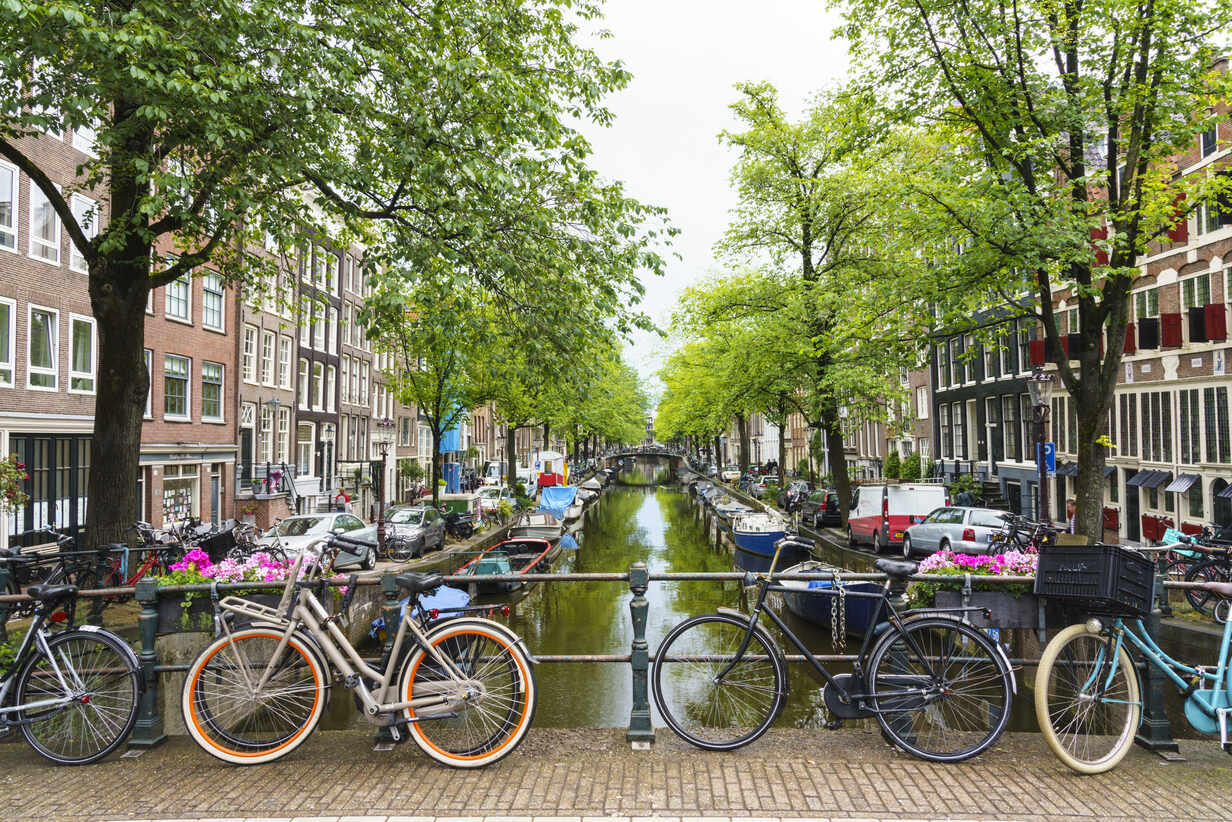
Entrepotdok (Google Maps) – opposite Artis Zoo – there is a footbridge leading from the northern part of the Plantage Kerklaan. This was the stomping ground of the VOC, aka the Dutch East India Company, which grew rich from sea trade in the 17th century.
At the Entrepotdok the VOC owned a 500-meter row of warehouses, which were conveniently located in a customs-free zone, forming the largest storage depot in Europe at the time.
The warehouses have been tastefully converted into offices, apartments and nice cafés, with tables at the water’s edge, a fate they share with the Central East India Company compound, whose neoclassical entrance is at the west end of Entrepotdok at Kadijksplein.
Tasting Room Brouwerij ‘IJ The Gooyer Windmill was built in the early 18th century to grind corn. It now houses a small brewery, Brouwerij ‘t IJ, and a bar. This is a fine place to sample beers amid the atmosphere of the brewery. You can order your beer at the bar and then enjoy it inside or outside.
The Brewery has a large terrace with long tables outside where you can sit and relax, especially in summer. And, of course, beer is best enjoyed with good food. Address: Funenkade 7 (Google Maps), www.brouwerijhetij.nl, open: Mon-Sun 14.00 – 20.00 hrs.
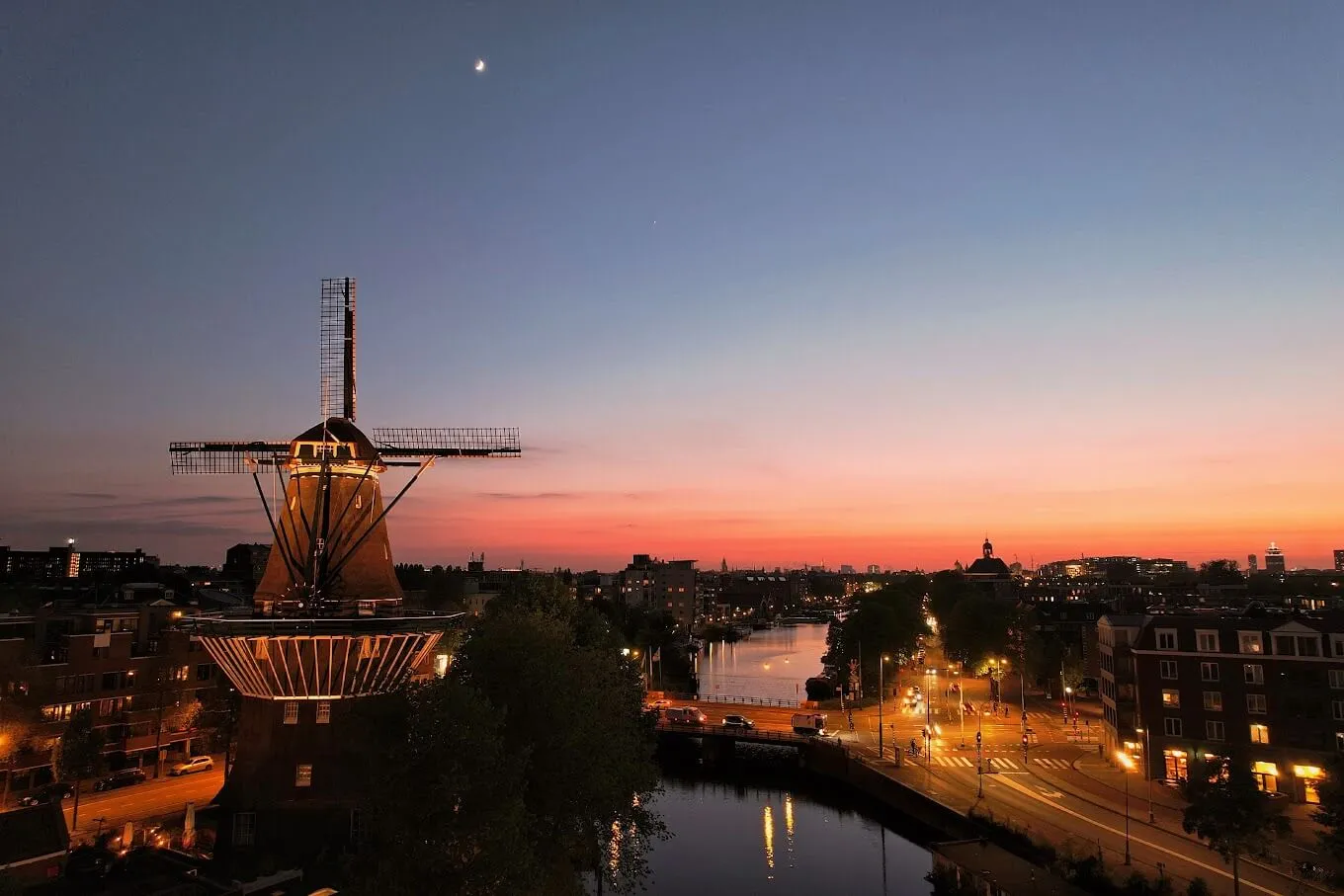
Every year, the flower park in the ‘Amsterdam Bos (Forest)‘ comes alive again when the Japanese cherry blossom blossoms in full bloom. However, the blooming period is short, usually only about two weeks in March and/or April. Location: Amsterdamse Bos (Google Maps)

